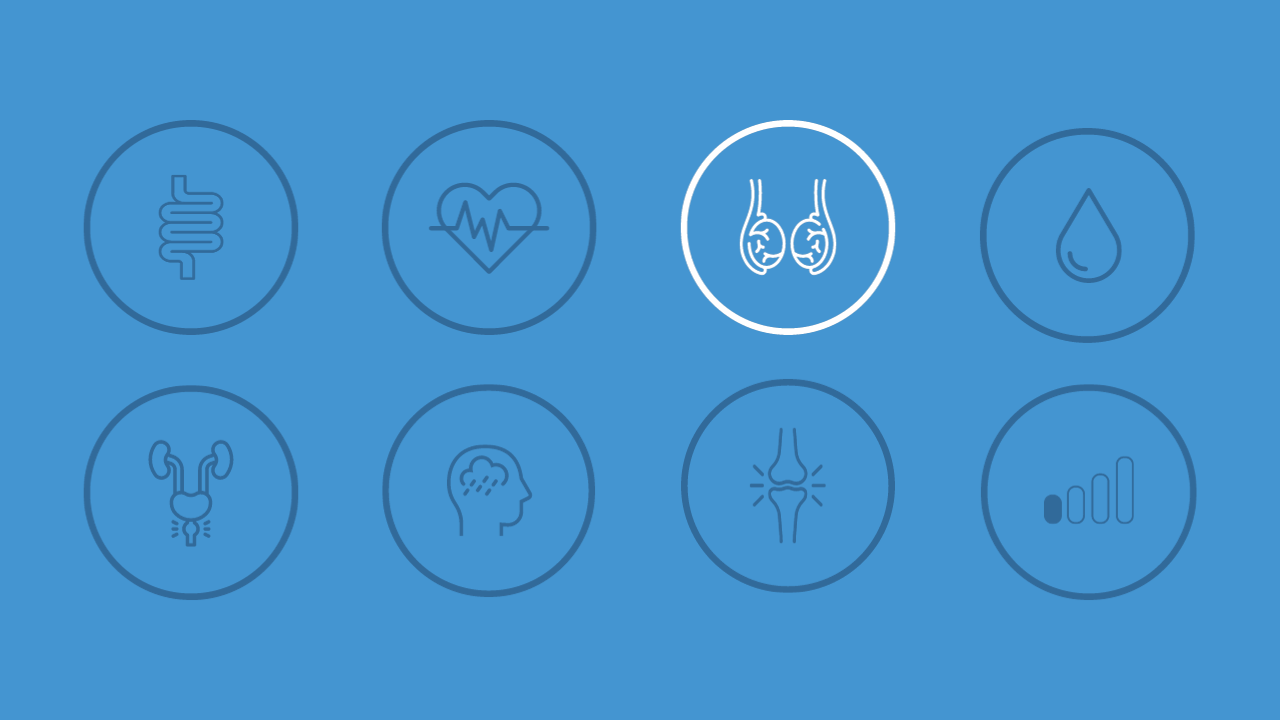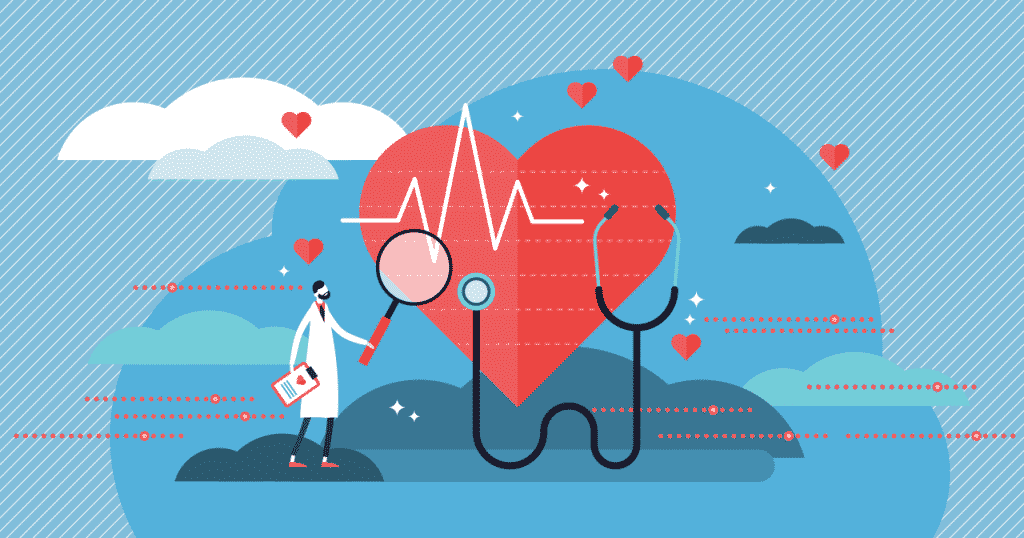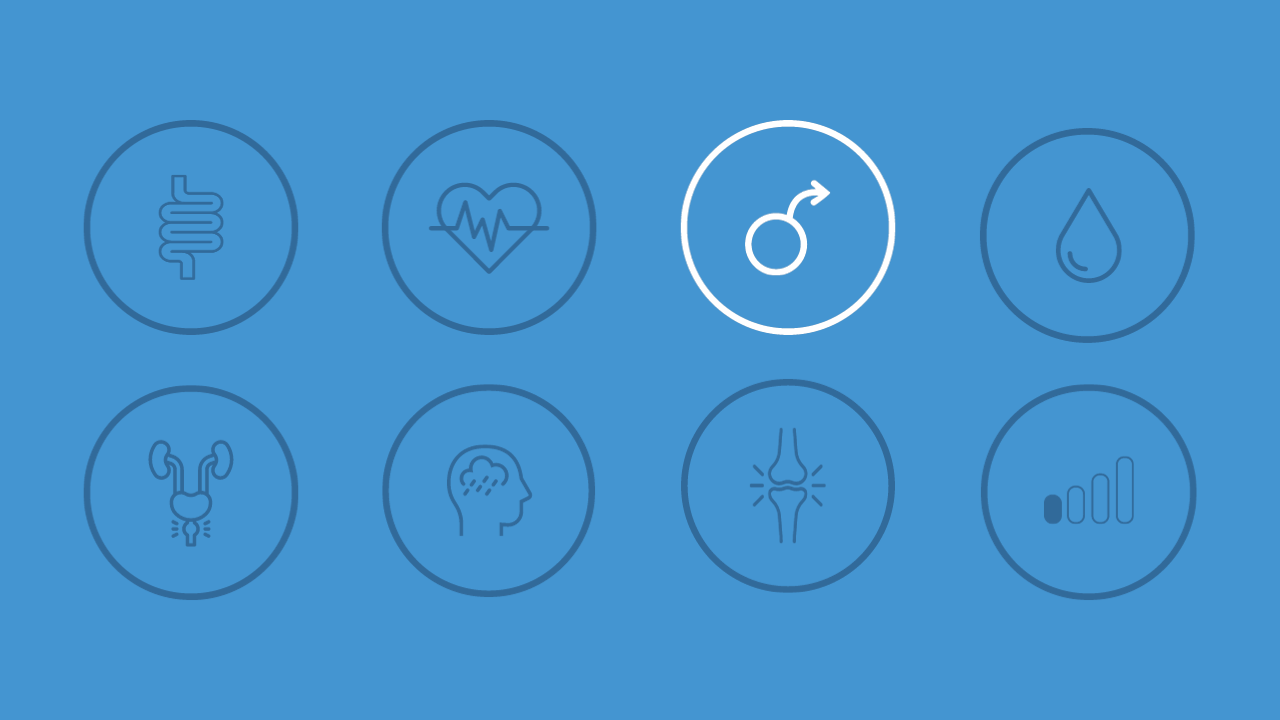Painful Ejaculation
Painful ejaculation is when painful, burning sensations are felt during or following ejaculation.
Medically reviewed by:

CM, OBC, MD, FRCSC, FACS, FCAHS
What is Painful Ejaculation ?
Painful ejaculation is when painful, burning sensations are felt during or following ejaculation. Pain can be felt in the perineum (the area between the anus and the genitals) and the urethra (a tube that runs from the bladder to the end of the penis).
Painful ejaculation is not life-threatening but may affect sexual pleasure and can cause a man distress, anxiety and lower self-esteem.
Risk Factors
Painful ejaculation is a common condition and there are a number of causes, including:
- Prostatitis, an inflammatory condition of the prostate gland which can make the prostate feel sore and irritated
- An infection (including sexually transmitted infections) that may inflame the area around the penis
- Urethritis, swelling within the urethra
- Nerve damage to the penis
- Blockages in the ejaculatory duct
- Psychological issues
Diagnosis
To find the cause of painful ejaculation, a semen sample and urine sample after ejaculation may be taken. A urethral swab may be taken to see if there is an infection, such as a sexually transmitted infection. A test that looks at the inside of the bladder and urethra (cystoscopy) may also be done, although this is uncommon.
For some men, it can be hard to describe the exact location of the pain. Men should see a doctor if they experience pain during or following ejaculation to determine if a cause can be found.
Treatment
All causes of painful ejaculation should be investigated by a doctor. If no physical cause is found, some behavioural techniques to relax the muscles in the pelvic area may be provided.
When the cause is prostatitis, medications such as ‘alpha-blockers’, muscle relaxants, analgesics, and some anti-inflammatory drugs may help. Specific antiviral and antibiotic medications can be given if the cause of painful ejaculation is an infection. If the cause is psychological, counselling may help manage any underlying concerns.
Are You At Risk?
Learn your risk level for the most common men’s health conditions in 10 minutes with a free, confidential, and personalized report.
Medically reviewed by:

Dr. Larry Goldenberg, CM, OBC, MD, FRCSC, FACS, FCAHS
Dr. Goldenberg is a urologic surgeon and clinical scientist, who specializes in prostate cancer research and treatment.
More about Dr. Larry Goldenberg

